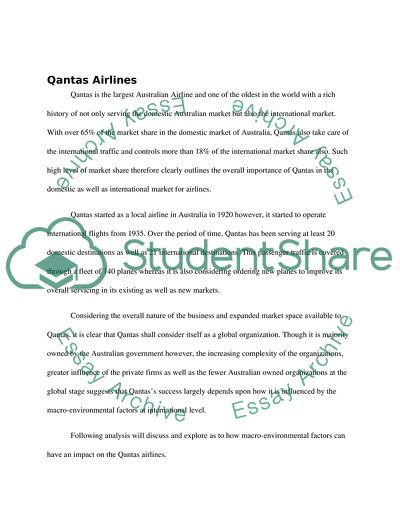Cite this document
(Impact on the Marketing Mix of Qantas Airlines Case Study, n.d.)
Impact on the Marketing Mix of Qantas Airlines Case Study. https://studentshare.org/marketing/1819188-research-question-qantas-marketing-strategy
Impact on the Marketing Mix of Qantas Airlines Case Study. https://studentshare.org/marketing/1819188-research-question-qantas-marketing-strategy
(Impact on the Marketing Mix of Qantas Airlines Case Study)
Impact on the Marketing Mix of Qantas Airlines Case Study. https://studentshare.org/marketing/1819188-research-question-qantas-marketing-strategy.
Impact on the Marketing Mix of Qantas Airlines Case Study. https://studentshare.org/marketing/1819188-research-question-qantas-marketing-strategy.
“Impact on the Marketing Mix of Qantas Airlines Case Study”. https://studentshare.org/marketing/1819188-research-question-qantas-marketing-strategy.


